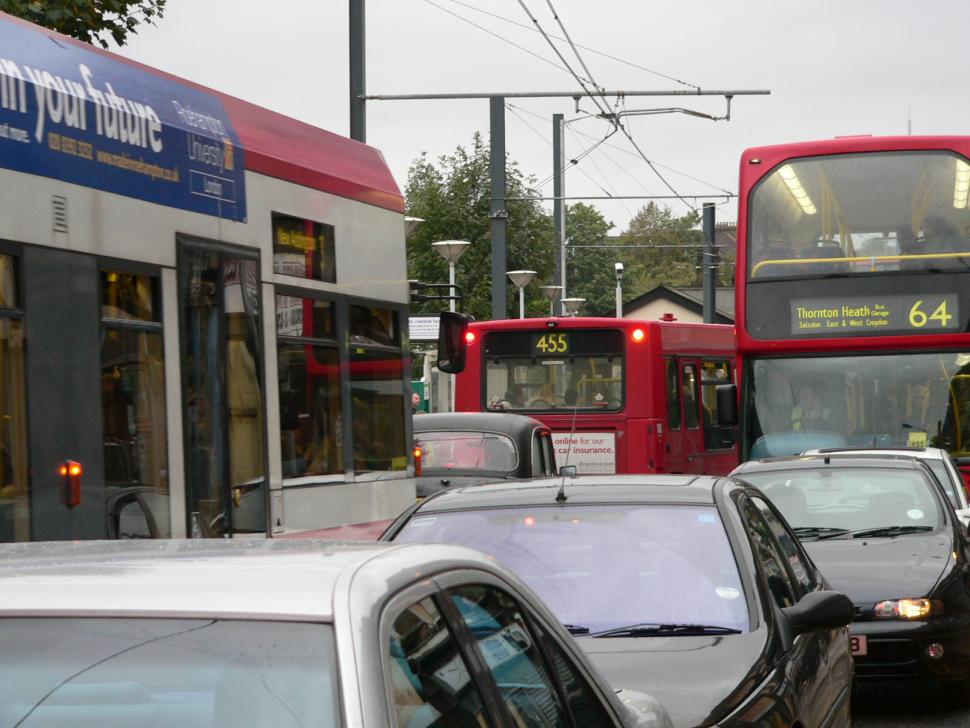- News
- Reviews
- Bikes
- Accessories
- Accessories - misc
- Computer mounts
- Bags
- Bar ends
- Bike bags & cases
- Bottle cages
- Bottles
- Cameras
- Car racks
- Child seats
- Computers
- Glasses
- GPS units
- Helmets
- Lights - front
- Lights - rear
- Lights - sets
- Locks
- Mirrors
- Mudguards
- Racks
- Pumps & CO2 inflators
- Puncture kits
- Reflectives
- Smart watches
- Stands and racks
- Trailers
- Clothing
- Components
- Bar tape & grips
- Bottom brackets
- Brake & gear cables
- Brake & STI levers
- Brake pads & spares
- Brakes
- Cassettes & freewheels
- Chains
- Chainsets & chainrings
- Derailleurs - front
- Derailleurs - rear
- Forks
- Gear levers & shifters
- Groupsets
- Handlebars & extensions
- Headsets
- Hubs
- Inner tubes
- Pedals
- Quick releases & skewers
- Saddles
- Seatposts
- Stems
- Wheels
- Tyres
- Health, fitness and nutrition
- Tools and workshop
- Miscellaneous
- Cross country mountain bikes
- Tubeless valves
- Buyers Guides
- Features
- Forum
- Recommends
- Podcast
news
 Traffic Jam in Croydon Pic: Chris McKenna
Traffic Jam in Croydon Pic: Chris McKennaVision for cutting London transport emissions by 60% unveiled
Achieving sharp reductions in London's transport emissions – up to 60% by 2025, 80% by 2050 – is possible according to a major study led by Halcrow and the University of Oxford. But it would require a comprehensive, multi-strand policy approach.
Using a bespoke, city-based transport emission simulation model, the study demonstrates the impact of various potential policy decisions.
Commenting on the study, Halcrow project manager and research fellow at Oxford's transport studies unit, Dr Robin Hickman said: “The findings from this study demonstrate how effective packaging of a wide range of interventions – including promoting low emission vehicles, investment in public transport, walking and cycling, behavioural change measures, promoting ecological driving and slower speeds and freight planning – can help London move towards a 60 per cent reduction in CO2 emissions by 2025 and onto even deeper cuts beyond”.
An executive summary, simulation model and background report outlining the findings of the 'visioning and backcasting for transport in London' (VIBAT) study have now been published.
The VIBAT London project was funded by the University of London's UrbanBuzz programme, a knowledge-transfer scheme aimed at developing “genuinely sustainable forms of development and community in London and the wider Southeast region”.
The project has been published setting out how London can achieve deep CO2 reduction targets in transport. A range of future year scenarios have been tested, with policy pathways developed towards a 60 per cent reduction in transport CO2 emissions by 2025, rising to 80 per cent by 2050.
It has developed a backcasting approach to transport planning in London – visioning a sustainable transport future for 2050 and 2025 and “casting back” to the present day in terms of steps required to implement a carbon efficient transport system.
Many measures have been put in place throughout London to help reduce CO2 emissions, including the London Congestion Charge and 20mph zones, but the AA president Edmund King said that these could actually be increasing CO2 emissions.
He said: “If we are smart about urban transport we can reduce CO2 and congestion without spending millions. Congestion and CO2 can be reduced by improving traffic flow through co-ordination of road works, phasing of lights and good parking policy.
“If we continually obstruct traffic with excessive traffic calming, we will increase congestion and CO2. New technology to improve fuel efficiency will be the biggest contribution to reducing CO2 from road transport.'
Transport secretary Lord Adonis announced plans to cut carbon dioxide emissions earlier this year and the promotion of cycling was high on the agenda. Lord Adonis said that the green transport measures would save an additional 85 million tonnes of CO2 over the period of 2018-22.
Your reminder that, per mile travelled, taxi drivers are more likely than any other kind of driver to be involved in a pedestrian or cyclist death,...
What a disgusting comment. Perhaps he should have to meet with the families of some victims of poor driving.
Police Scotland seem very poor when it comes to enforcement against motoring offences. The road policing is also poor from what I see.
Trump probably can't understand that the revenue from congestion pricing is going towards upgrading the transit system. Somebody could maybe draw a...
next up Colin (84) from Chapel Allerton complained that there were no machines to pay for parking and although he is perfectly competent to handle...
Well - why wouldn't they be happy for everyone else to share the insurance costs? Perhaps they're not paying any, or like canny Lancashire drivers...
It would be interesting to repeat the test with 38cm bars and the same body position on the Factor to show (a) how much faster an aero bike is over...
So who in cycling is going to make any money out of this particular deal? Will the money being generated by TNTs greed go to any cycling group or...
If you cycle, you cannot trust the police. They are your enemy, not your friend...
Are we really meant to believe the cyclist punched off one wing mirror, jumped off his bike, ran around the other side to punch off the other, and...